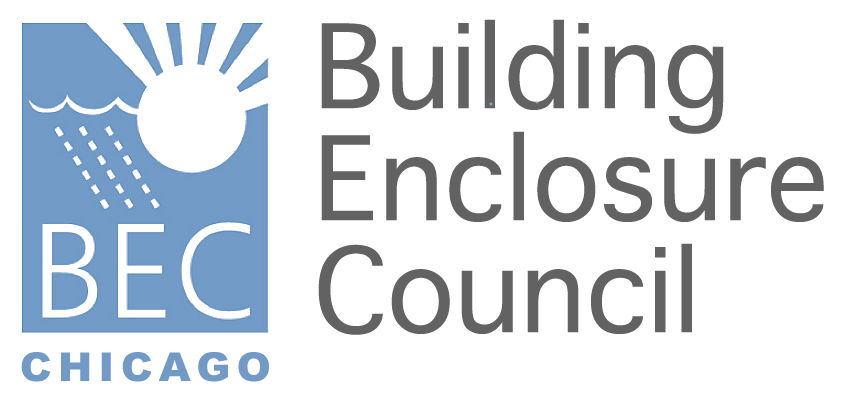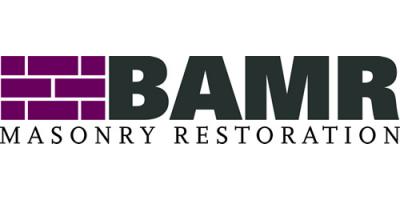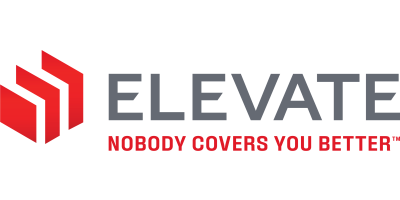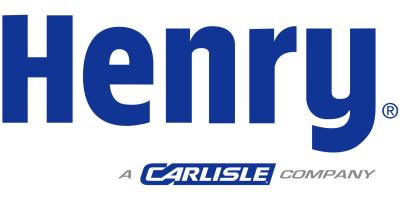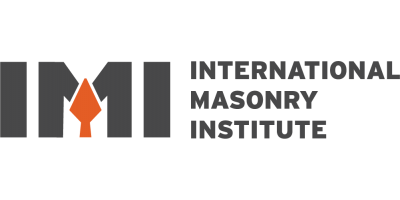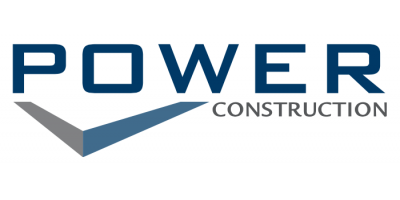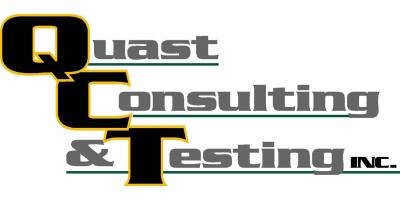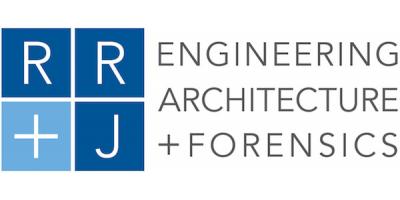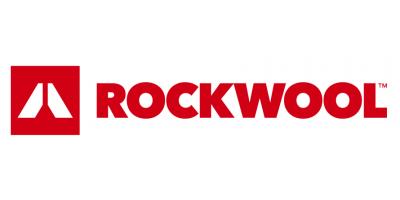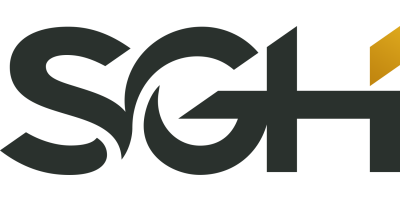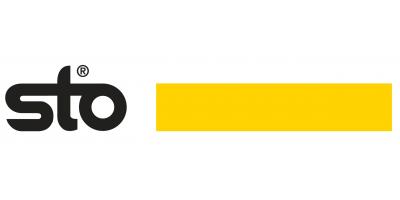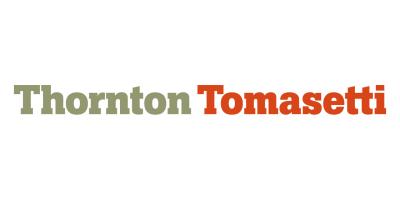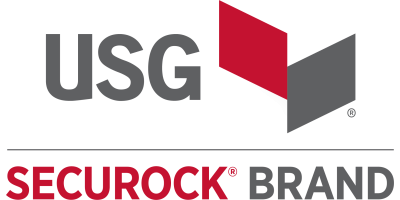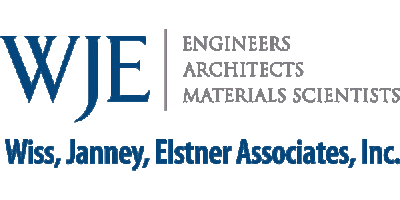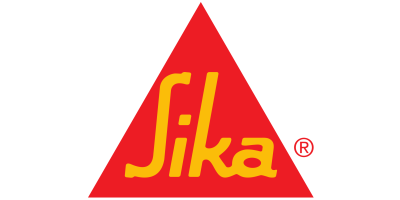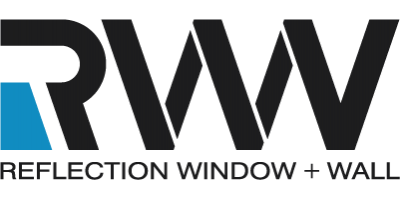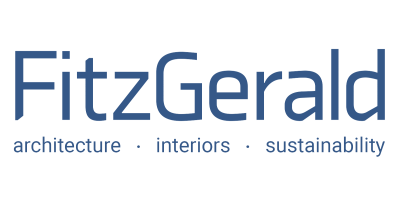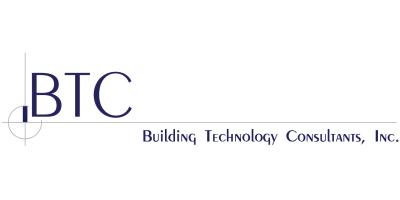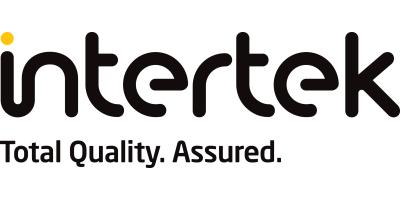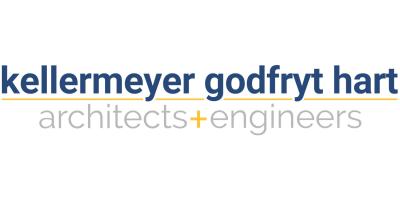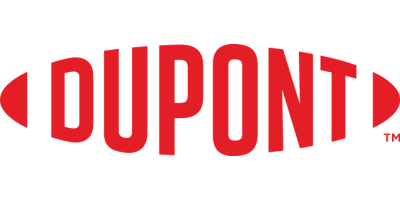| Location | 11 East Madison, Suite 300, Chicago, IL (Gensler) |
AIA CREDIT: Yes
ABSTRACT:
The number of passive houses and buildings meeting the stringent PHIUS+2015 Passive Building Standards has increased exponentially over the past two years: first single family residential projects were built, then multifamily projects and now the trend is moving towards commercial structures. Many municipalities such as NYC have already incentives in place for residential passive buildings or are evaluating to implement incentives as a solution to meeting their climate action plans. This presentation takes a look at the feasibility of designing typical glass office buildings in the Chicago area to passive building standards and what it would take to meet the stringent performance criteria.
LEARNING OBJECTIVES:
1. Learn about the nationwide trend of establishing passive building standard incentives and codes
2. Learn about PHIUS+2015 Passive Building Standards and how they apply to commercial buildings
3. Learn about the whole building energy balance and envelope challenges for office hi-rises designed to meet PHIUS+2015
4. Learn about window wall and curtain wall performance requirements and critical detailing
PRESENTER BIO:
Katrin Klingenberg is Co-Founder and Executive Director of the Passive House Institute US (PHIUS). In 2003, Ms. Klingenberg designed and completed the first home to meet passive house standards in the United States. She has designed and consulted on numerous successful passive house and building projects across North America’s varied climate zones since. In addition to her executive role at PHIUS she is the lead instructor for PHIUS Certified Passive House Consultant (CPHC®) training. In that role she directs curriculum development. She also directs the technical and research programs of PHIUS, and is a licensed architect in Germany.
James Ortega graduated in architecture from IIT and joined the certification team at PHIUS in 2015. He specializes in consulting services on static and dynamic energy modeling in WUFI Passive and THERM, and spearheads energy modeling deliverables on feasibility studies for projects interested in pursuing PHIUS+ Certification
RSVP:
For BEC Chicago members, an RSVP invite will be sent out approximately 7 to 10 days in advance of event. For non-BEC Chicago members interested in attending, you may contact Jeff Diqui at jdiqui@imiweb.org to request an invite. The inviation will include a link to an RSVP.
